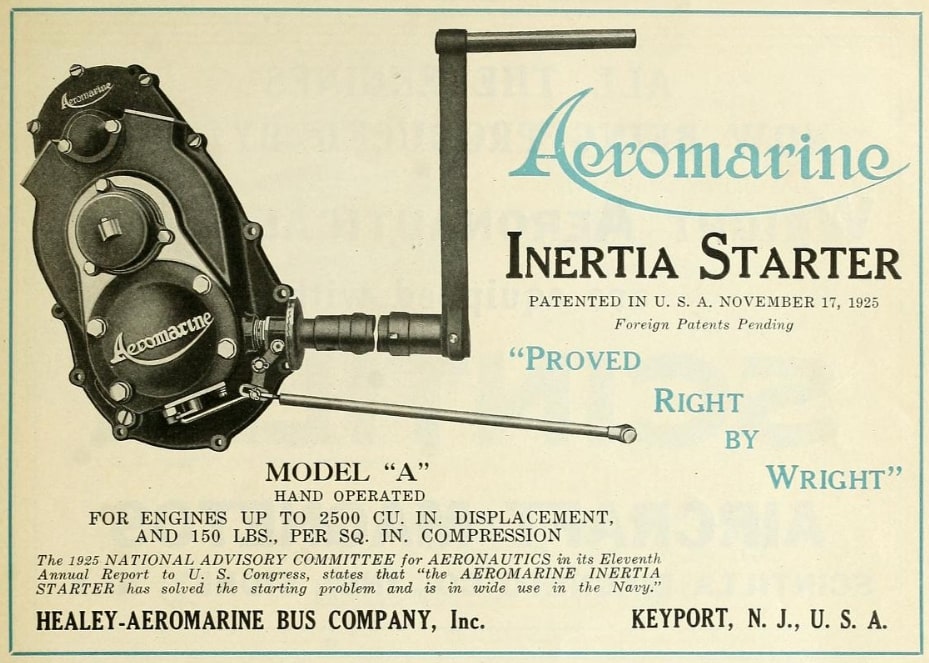What exactly are they doing here? Cranking something but the prop isn't turning. I assume no electric starter so isn't it a problem if the engine stalls while flying?

 youtube.com
youtube.com

✂️ hand crank
60 seconds · Clipped by Ati Kovi · Original video "Extreme Plane Engine Startup and Run (Ep #1)" by VehicleZone


